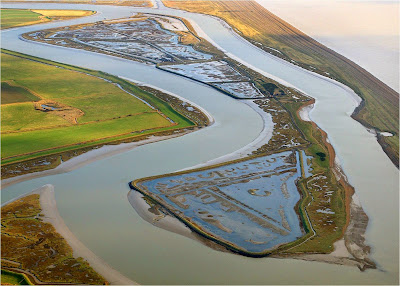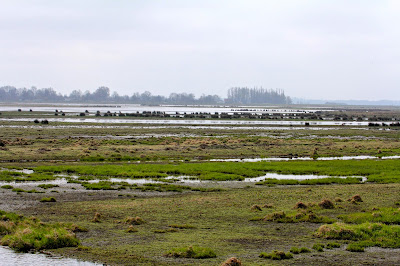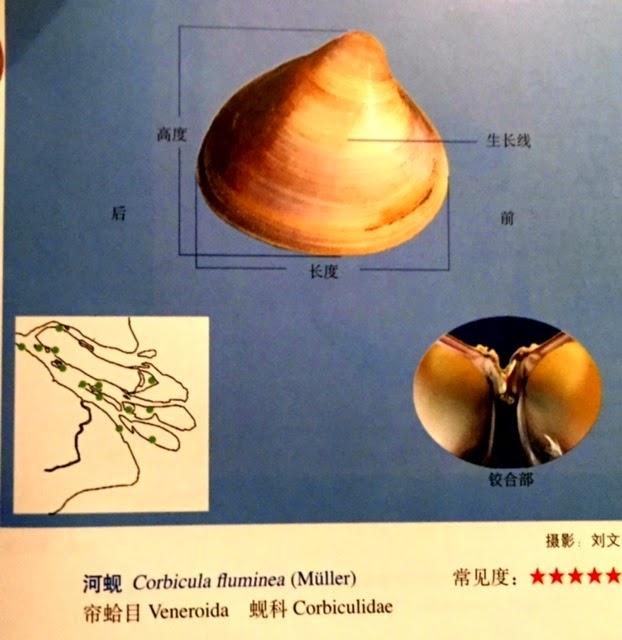The work diary is filled with Annual Reviews at
the moment; a yearly assessment of how each nature reserve is performing
against its habitat and species targets. Two of the top 12 wetland reserves in the UK
for waterbirds were recently visited for a review: Berney Marshes/Breydon Water
and the Ouse Washes.
Rejuvenation of key areas of habitat by a
careful bit of ‘disturbance’ turned out to be a dominant theme for both
sites. Nature reserves can become rather
‘tired’ over a number of years as habitats become rather stable under routine
management operations and the actions of natural succession. Early succession wetland habitats in
particular can become overgrown as invasive swamp species begin to dominate
what were previously bare muddy areas with annual plants. In many habitats, a degree of
disturbance can knock back the succession and open up opportunities for a
greater variety of species to flourish again.
This disturbance through management is seeking to mimic natural events
such as flood and drought.
Berney Marshes recorded a peak of over 91,000 waterbirds
last winter and over 200 pairs of waders bred in the spring. Increasing areas of rough grassland are being
retained around the reserve; last year it also had up to 5 Rough-legged
Buzzards and 16 Short-eared Owls. However,
the ditches and floods within the wet grasslands are the key feature of the
reserve and increasing amounts of Sea Club-rush can become a problem in these
areas as the grazing animals avoid eating it.
Staff at Berney have been drying out, cutting and rotovating areas of
club-rush with great success, allowing re-colonisation of the resultant muddy
ground on re-flooding by annual plants that provide abundant food for wildfowl.
The newly flooded pools were covered with hundreds of Lapwing, Wigeon and Teal.
New projects currently being planned on
the reserve will deliver significantly more scrape and lagoon habitat alongside
Breydon Water for the benefit of terns, Avocets and passage waders.
The Ouse Washes has been suffering for a number of years from increasingly frequent summer flooding, resulting in a sharp decline in breeding waders as nests are washed out. As a result, conservation work in recent years has been directed at creating habitat outside of the washes. This year, the so called ‘Pilot Project’ the initial trial of creating wet grassland habitat for breeding waders on ex-farmland adjacent to the washes, held an amazing 174 pairs of waders on 76 ha. The dry summer this year also allowed some increase in the waders on the main washes. The ‘crake-ometer’ accurately reflected the dry summer conditions: Corncrakes increased to 3 or 4 while the wet-loving Spotted Crakes were absent. The fenland Cranes are increasingly finding the washes to their liking with up to 21 present at the moment. Scrapes and floods grow over quickly on the Washes so the dry conditions have allowed a considerable amount of restorative habitat work to be undertaken. New scrapes have been created and chisel ploughing has opened up compacted soils to the delight of feeding Snipe. This work will significantly benefit waders and waterfowl in the coming breeding season – if the rains stay away.
Photos: above Wigeon and Club-rush rotovation at Berney. Below: wildfowl and new scrapes at the Ouse Washes.

























